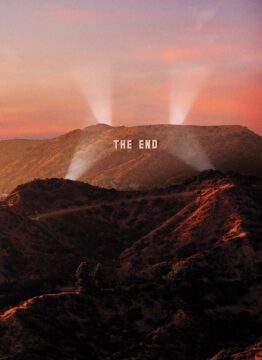Daniel Bessner in Harper’s Magazine:
 In 2012, at the age of thirty-two, the writer Alena Smith went West to Hollywood, like many before her. She arrived to a small apartment in Silver Lake, one block from the Vista Theatre—a single-screen Spanish Colonial Revival building that had opened in 1923, four years before the advent of sound in film. Smith was looking for a job in television. She had an MFA from the Yale School of Drama, and had lived and worked as a playwright in New York City for years—two of her productions garnered positive reviews in the Times. But playwriting had begun to feel like a vanity project: to pay rent, she’d worked as a nanny, a transcriptionist, an administrative assistant, and more. There seemed to be no viable financial future in theater, nor in academia, the other world where she supposed she could make inroads.
In 2012, at the age of thirty-two, the writer Alena Smith went West to Hollywood, like many before her. She arrived to a small apartment in Silver Lake, one block from the Vista Theatre—a single-screen Spanish Colonial Revival building that had opened in 1923, four years before the advent of sound in film. Smith was looking for a job in television. She had an MFA from the Yale School of Drama, and had lived and worked as a playwright in New York City for years—two of her productions garnered positive reviews in the Times. But playwriting had begun to feel like a vanity project: to pay rent, she’d worked as a nanny, a transcriptionist, an administrative assistant, and more. There seemed to be no viable financial future in theater, nor in academia, the other world where she supposed she could make inroads.
For several years, her friends and colleagues had been absconding for Los Angeles, and were finding success. This was the second decade of prestige television: the era of Mad Men, Breaking Bad, Homeland, Girls. TV had become a place for sharp wit, singular voices, people with vision—and they were getting paid. It took a year and a half, but Smith eventually landed a spot as a staff writer on HBO’s The Newsroom, and then as a story editor on Showtime’s The Affair in 2015.
More here.
